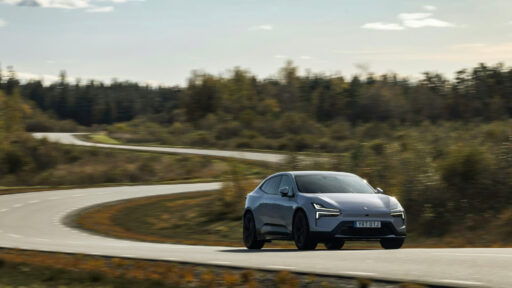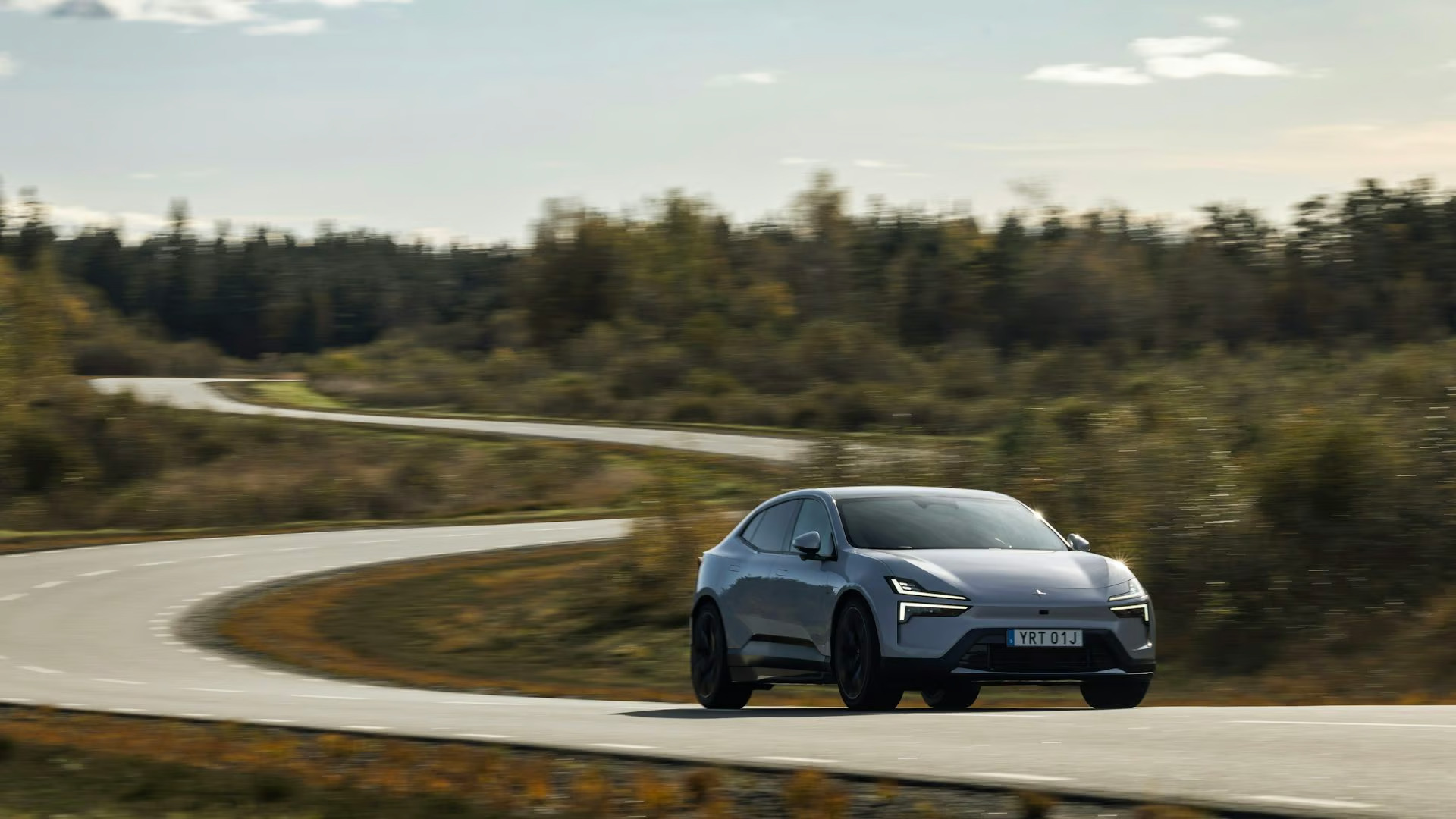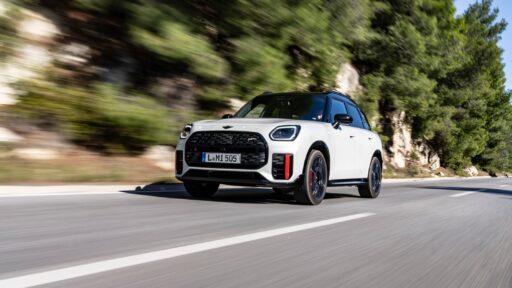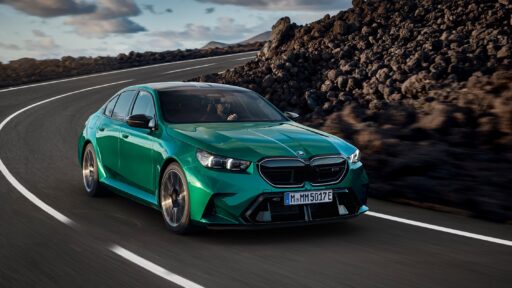While many people choose to buy an EV out of a desire to be more eco-friendly, the true EV experience goes far beyond that. It’s about instant acceleration, seamless power delivery, and a whole new way to enjoy driving. So, what really happens when you press the accelerator in an EV, and why can’t traditional ICE cars keep up?
For drivers of internal combustion engine (ICE) cars, the sight of an EV’s rear end pulling away at an intersection is becoming all too familiar. As the red light turns green, the quiet hum of an electric car often leaves the roar of gasoline engines far behind. But how is this possible? What allows EVs to leap off the start line so effortlessly?
To understand, we need to explore the mechanics and sensations behind this electrifying experience.
READ MORE: Travel-mad Brit drives over 700 miles across the UK to find most picturesque car charging points
The Initial Command
When you press the accelerator in an EV, the sensation under your foot might seem familiar, but the subsequent process is anything but traditional. Unlike the mechanical linkage found in many ICE vehicles, EVs use a sophisticated system known as drive-by-wire. In this system, the pedal is not connected directly to the motor but to the car’s computer system.
Drive-by-wire technology converts your foot’s pressure into an electronic signal, which is sent to the electronic control unit (ECU). The ECU processes your input in real-time without any delay, knowing exactly how much power you’re requesting. Whether you’re accelerating on a wet road or navigating a tight corner, the EV’s computer systems adjust instantly to maintain optimal grip and stability.
Once the ECU receives your input, the real magic begins. The ECU sends a command to the battery management system (BMS), which controls the flow of electricity from the battery pack to the electric motor.
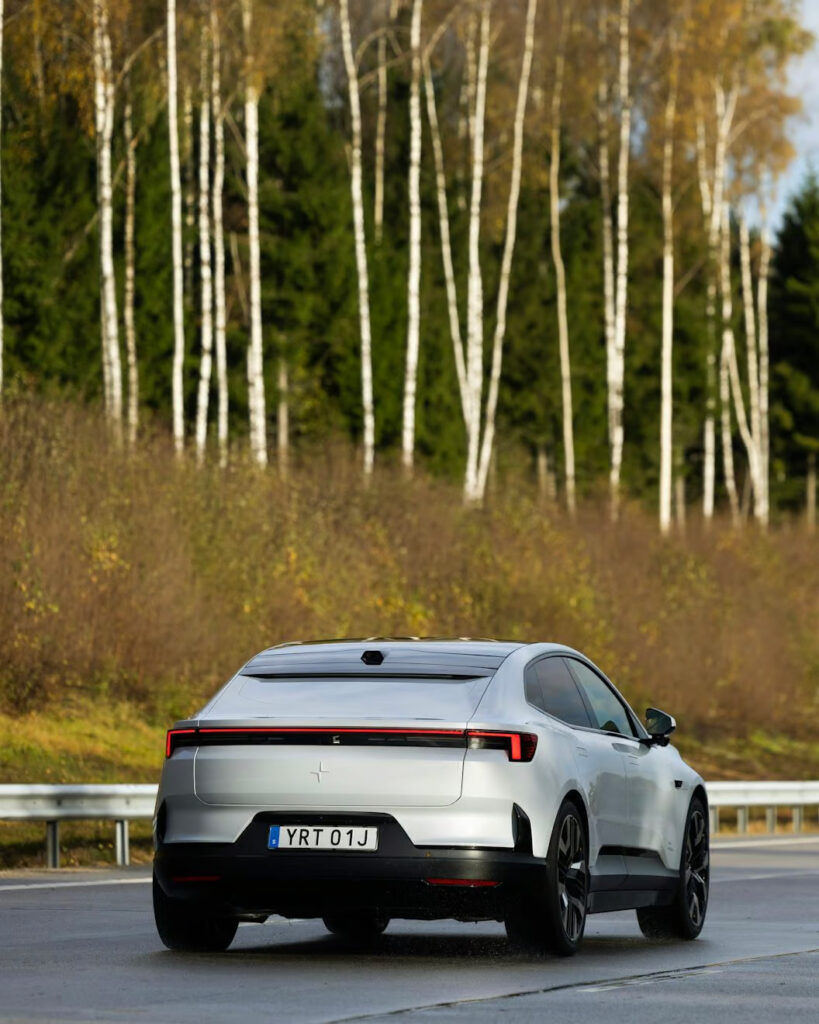
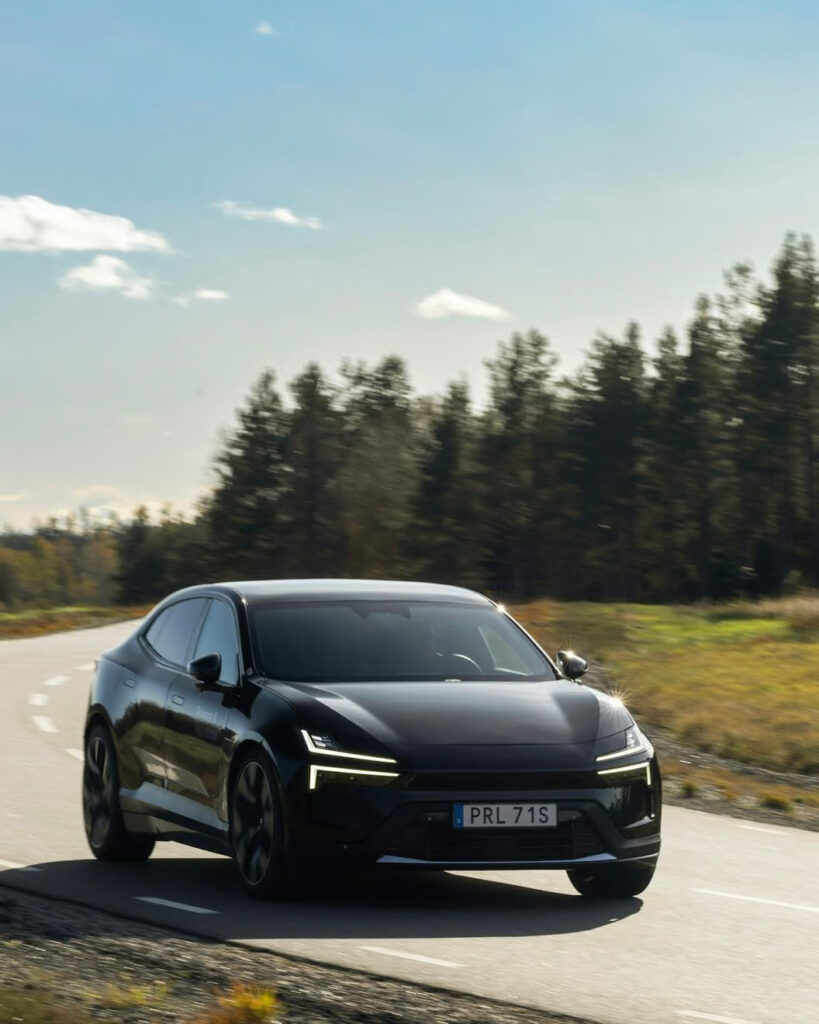
Power Distribution: Battery to Motor
Now, let’s delve into the heart of an EV: the battery pack and the electric motor. The battery stores energy, while the motor spins the wheels.
When you press the accelerator, the BMS directs electricity from the battery to the electric motor. This electricity is converted into mechanical energy, which turns the wheels and propels the car forward. The simplicity and efficiency of this system are its greatest strengths, eliminating the need for a complex transmission and providing immediate power delivery.
Torque, the force that gets your car moving, behaves differently in EVs compared to ICE vehicles. In an ICE vehicle, torque builds gradually as the engine revs up, often causing a delay in acceleration. In contrast, an EV delivers all its torque immediately, resulting in swift and seamless acceleration. This means you get maximum power right from the start.
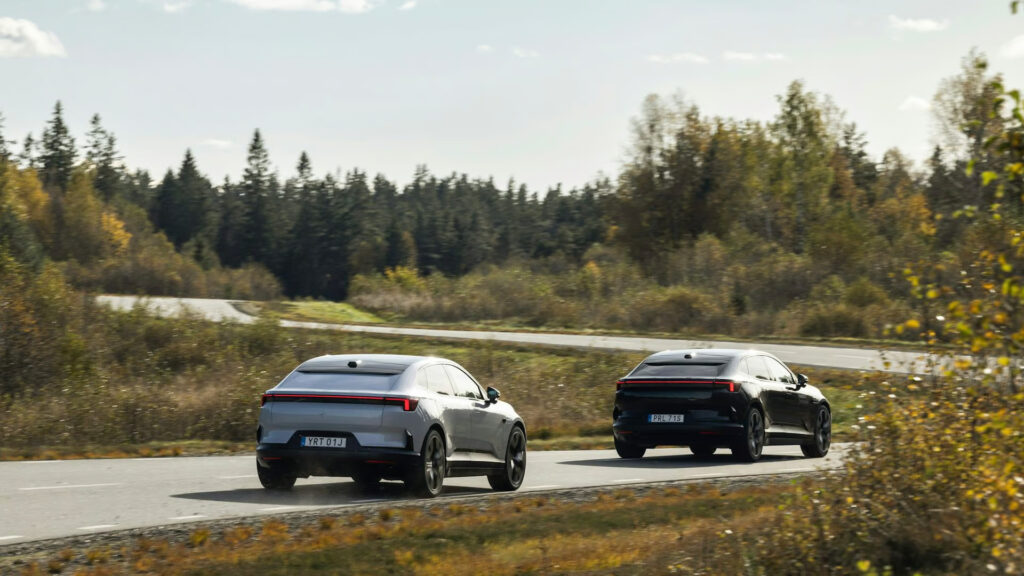
The Role of Regenerative Braking
What happens when you lift your foot off the accelerator? In an EV, the electric motor reverses its function, acting as a generator to convert kinetic energy back into electrical energy, which is then stored in the battery.
Regenerative braking not only helps recharge the battery but also enhances driving dynamics. It provides a level of deceleration that can make driving smoother and more controlled. This is what we mean by ‘one-pedal driving,’ where lifting your foot from the accelerator acts similarly to light braking.
The Sensory Experience: Feel and Sound
Accelerating an EV isn’t just about the mechanics; it’s also about the sensory experience. While some may miss the roar of an engine, its absence creates a new sensation of rapid acceleration. Similar to turning down the music when parking, the lack of engine noise heightens your other senses when accelerating silently. You get that rollercoaster feeling in your stomach and might hear a passenger’s stifled scream as you reach 100 km/h in under five seconds. This quietness doesn’t mean a lack of excitement – it’s a new era of automotive enjoyment.
Whether you’re a performance enthusiast or simply someone who appreciates innovative technology, an EV offers a unique thrill that must be experienced firsthand. Visit a Polestar Space for a test drive and discover the future of driving.
READ MORE: McLaren F1 car driven by Juan Pablo Montoya in three Grand Prix in 2006 selling for £2.76million
Subscribe today for the freshest car news delivered to your inbox
